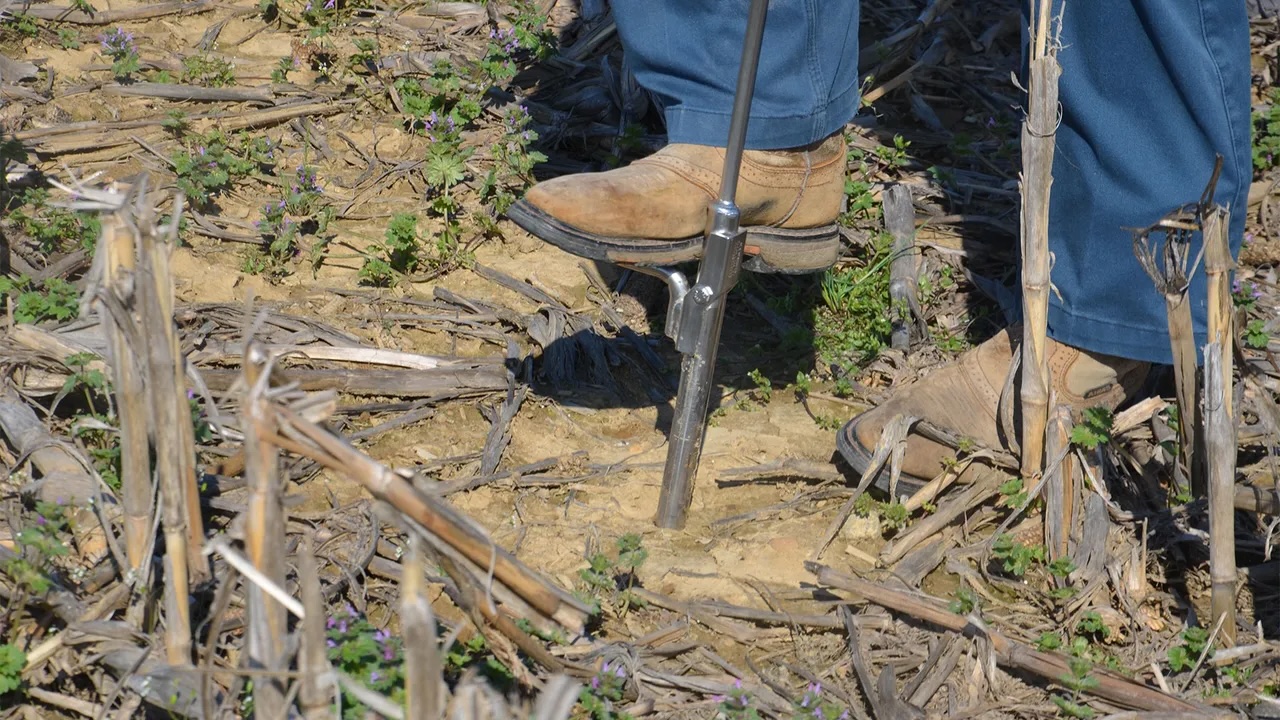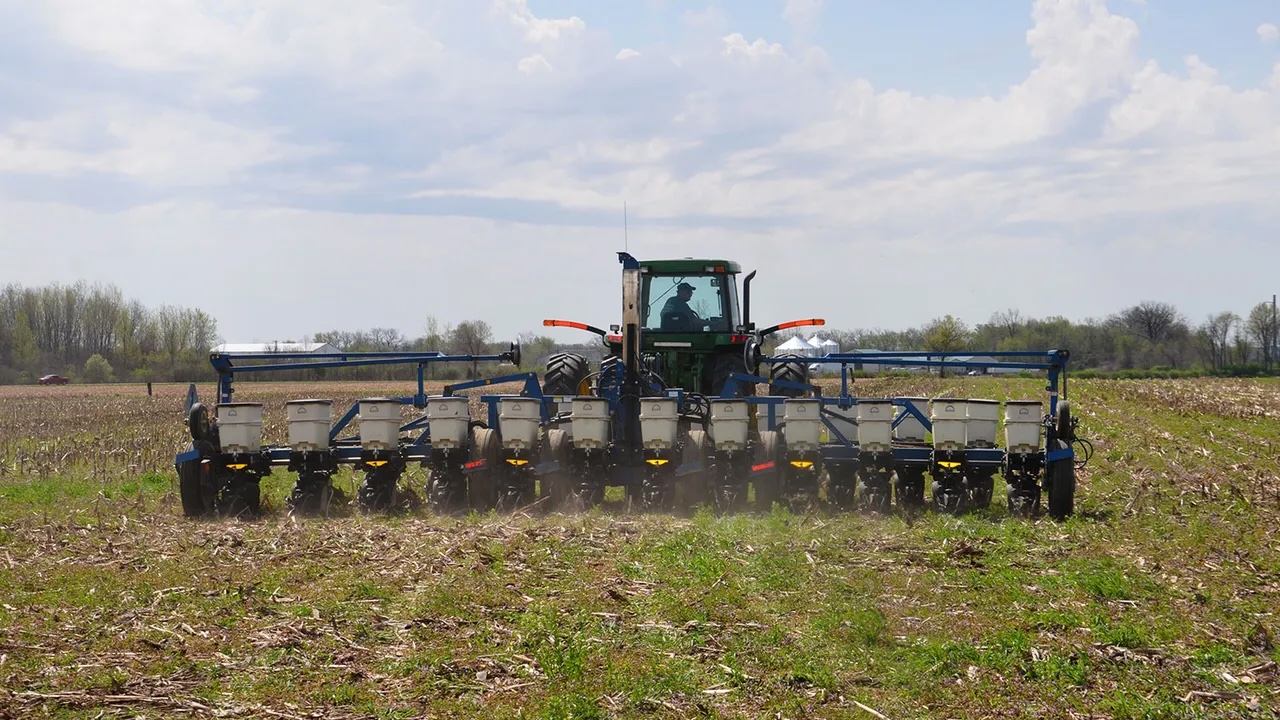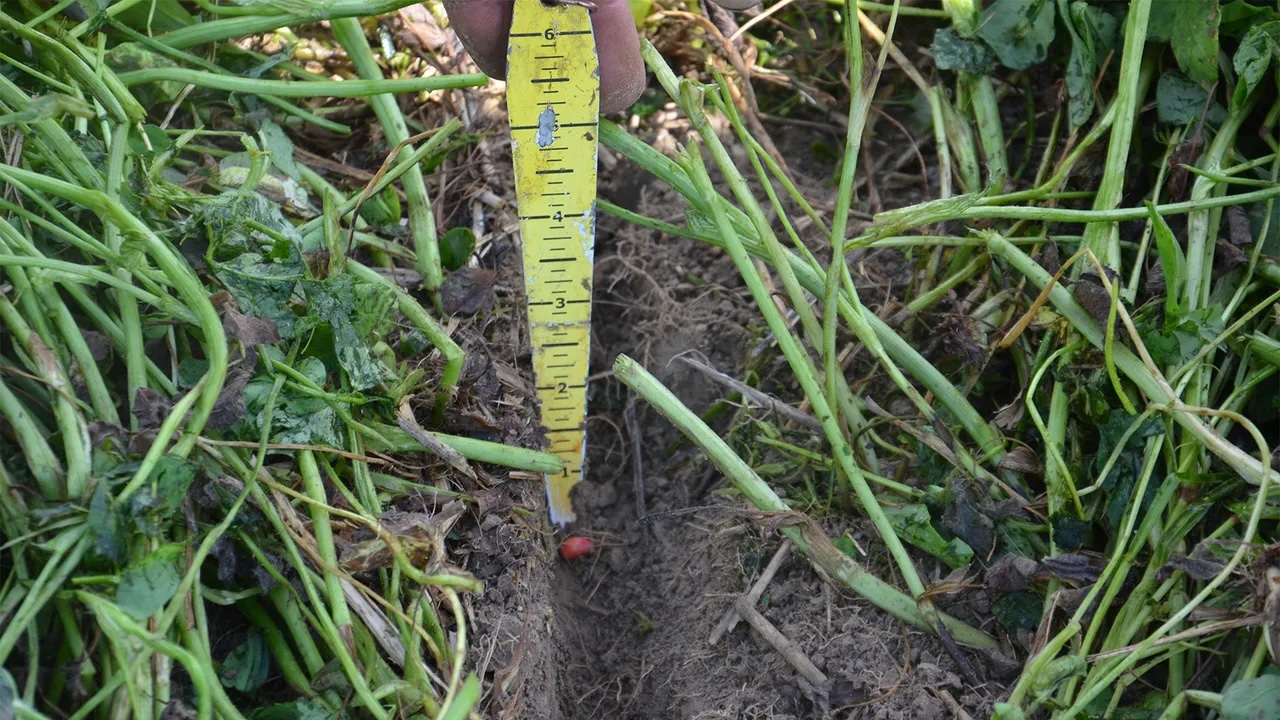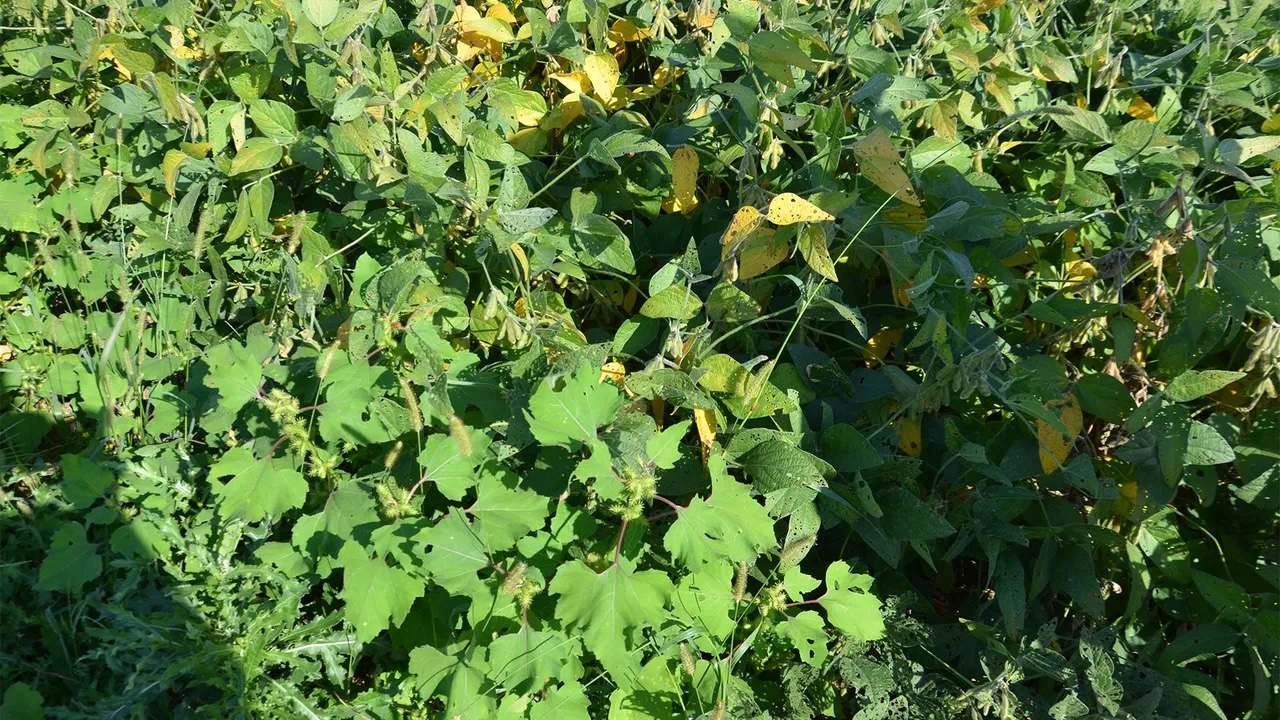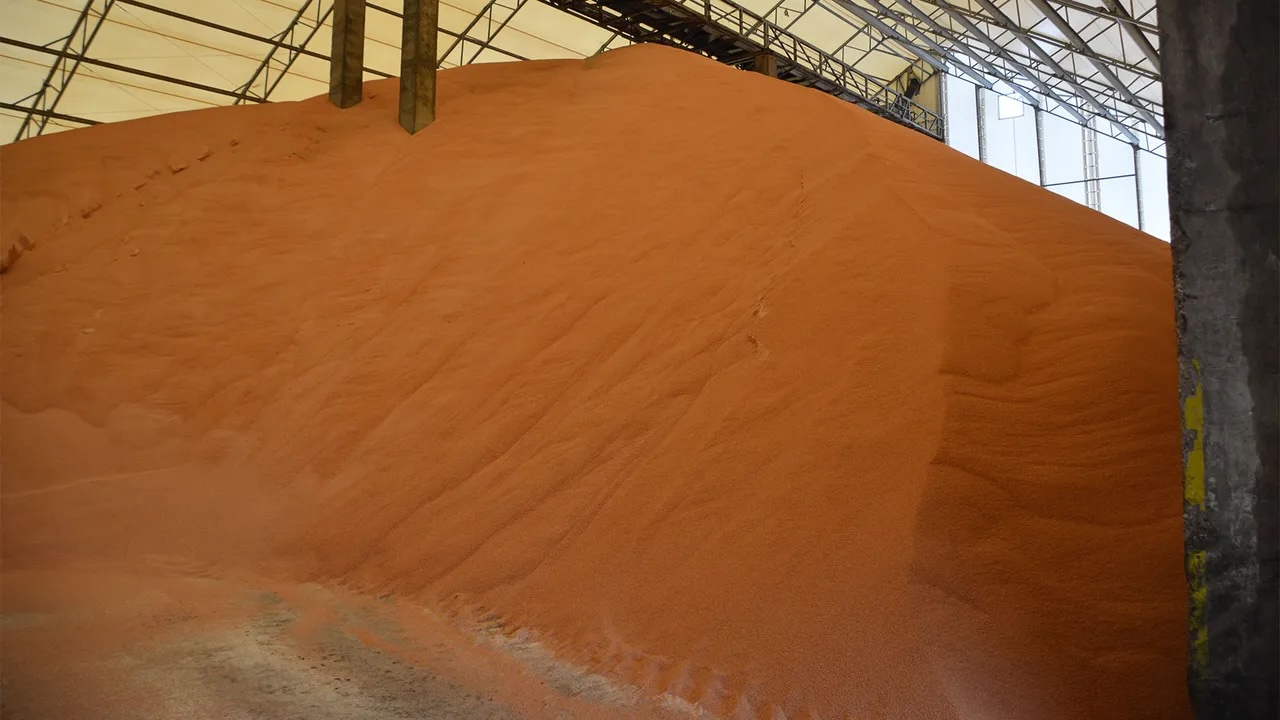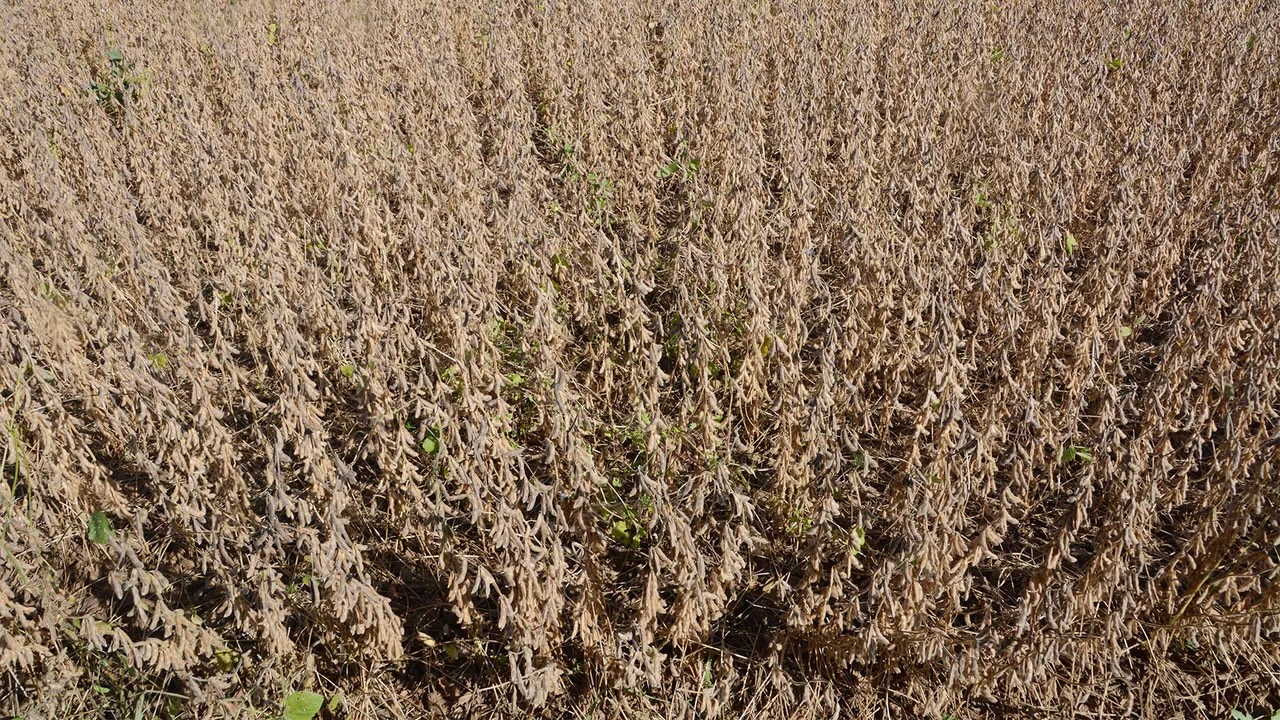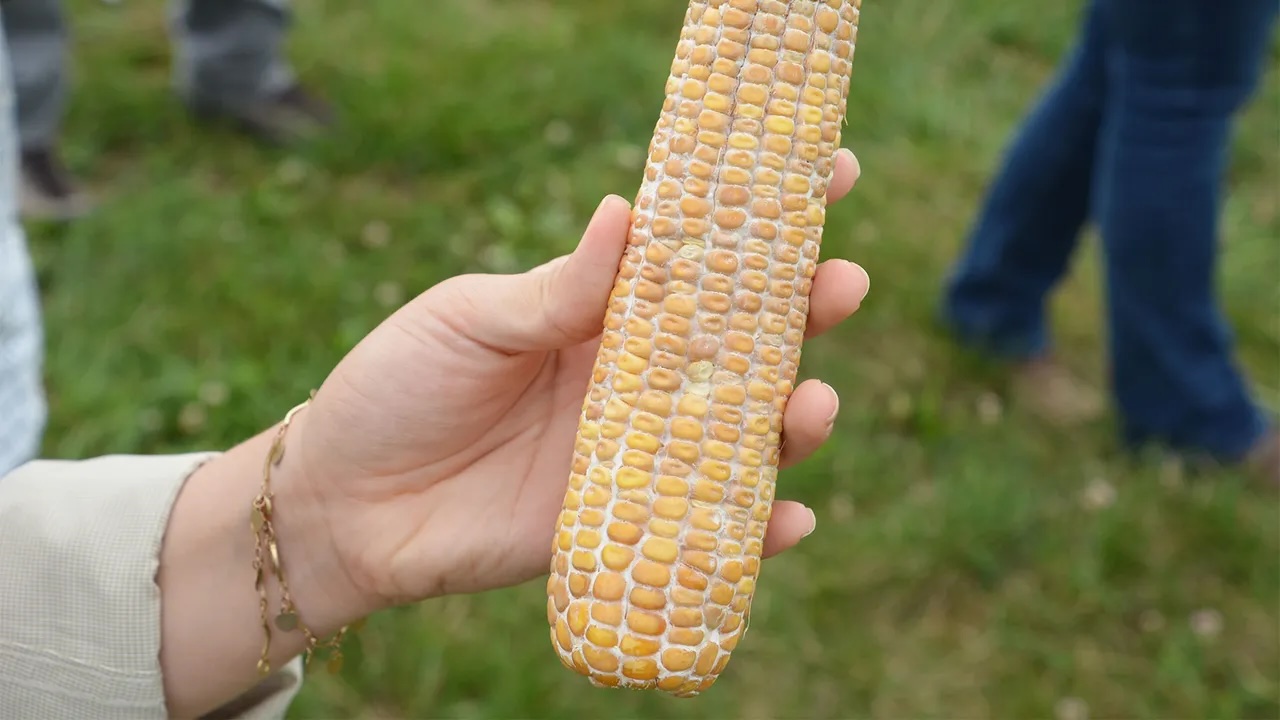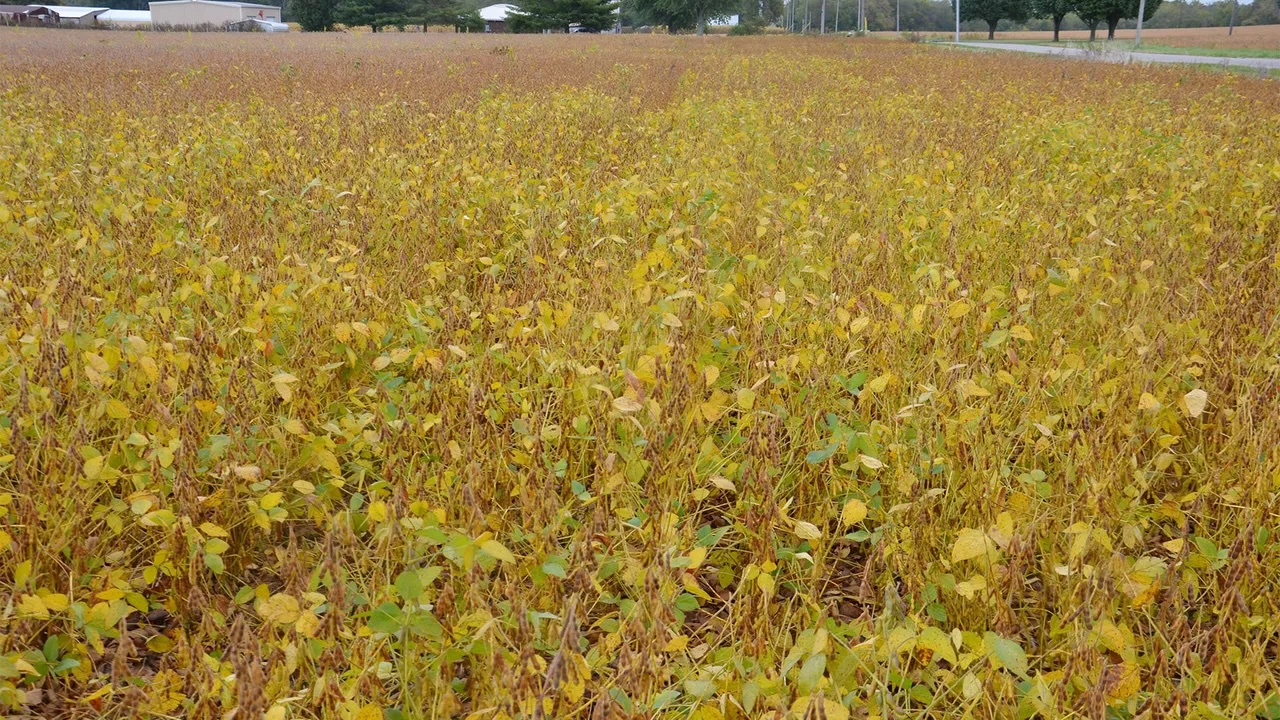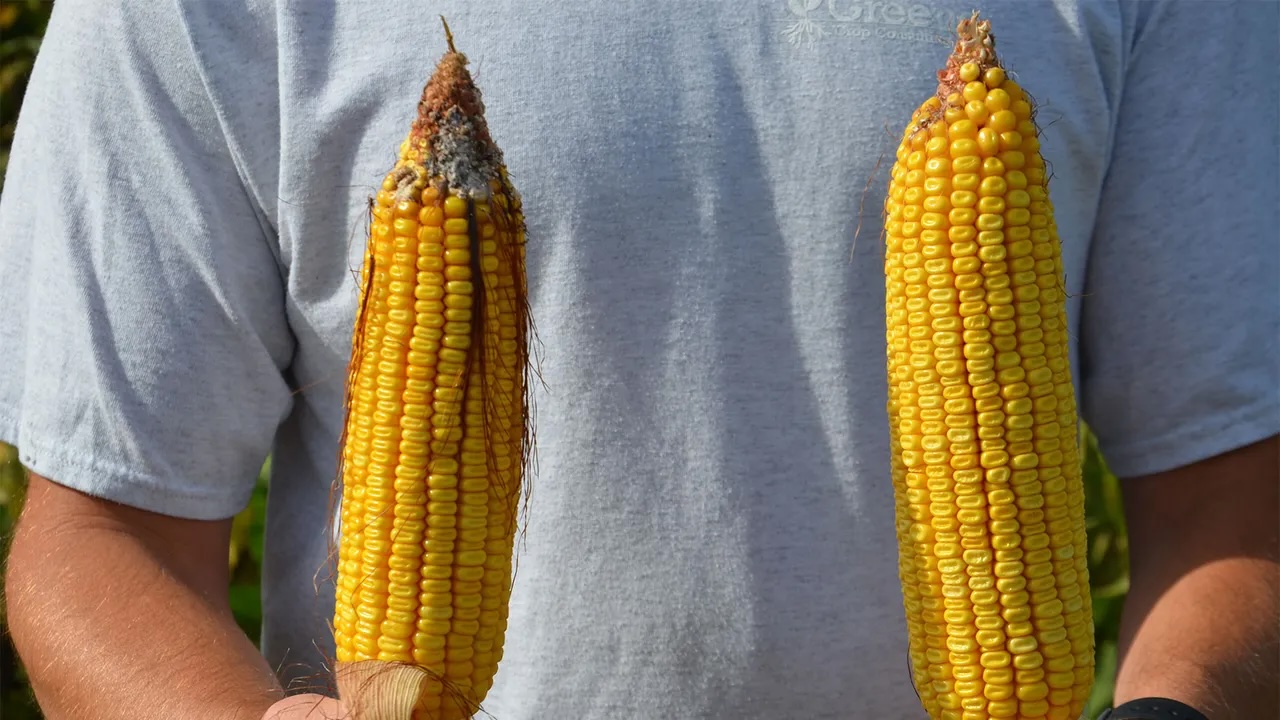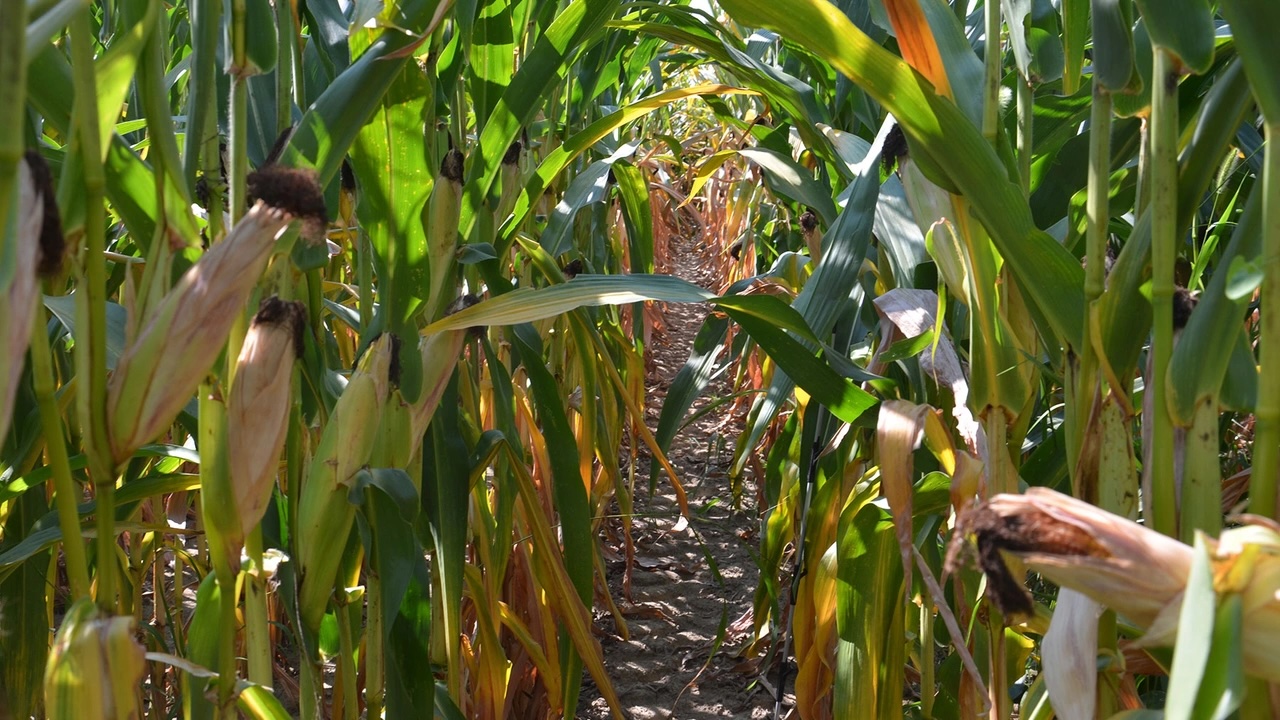Rethink starter fertilizer options for corn

Corn Corner: CCA panelists are hesitant to cut out starter fertilizer, but suggest adjusting to get the most bang for your buck.
Feb 03, 2021
I want to cut back on starter fertilizer, or cut it out completely, to save money. We’ve been applying 10 gallons of 10-34-0 per acre. We field cultivate soybean stubble, then plant corn. Can we adjust without risking yield loss?
The Indiana certified crop adviser panel answering this question includes Gene Flaningam, Flaningam Ag Consulting, Vincennes; Greg Kneubuhler, G&K Concepts Inc., Harlan; and Bryan Overstreet, Purdue University Extension ag educator, Jasper County.
Flaningam: Be careful cutting inputs that could possibly increase yield potential. Current grain prices will entice farm operators to fine-tune fertilizer programs. Look at different blends other than 10-34-0. I have growers who use straight 28-0-0, or a blend of 28-0-0 plus 12-0-0-26. These supply nitrogen, and the latter product adds sulfur. Make sure you’re not applying these products directly on the seed. Adjust the blend according to your soil types. You can buy dry phosphate fertilizer much cheaper than the liquid formulation.
Kneubuhler: We are big proponents of starter fertilizer and would not want to raise corn without it. We’ve conducted many trials that are very supportive of starter fertilizer. The most gain comes from the nitrogen portion. You could reduce your 10-34-0 load and replace it with UAN. Without knowing your soil phosphorus levels, I presume that would offset some expense for you and probably perform even better. The bottom line is, I would not eliminate starter. Keep a good nitrogen load in the mix, and consider including sulfur in the form of ammonium thiosulfate. Generally, the best dollar spent is in a 2x2 fashion. You get a much higher nutrient content for the money.
Overstreet: Research done by Purdue University Extension agronomists Jim Camberato and Bob Nielsen show a 50-50 shot of increasing your yields by using starter on conventional corn after soybeans. If you no-till corn, it almost always helps yield by using starter. Their early work showed that corn matured earlier and dried faster in some locations.


